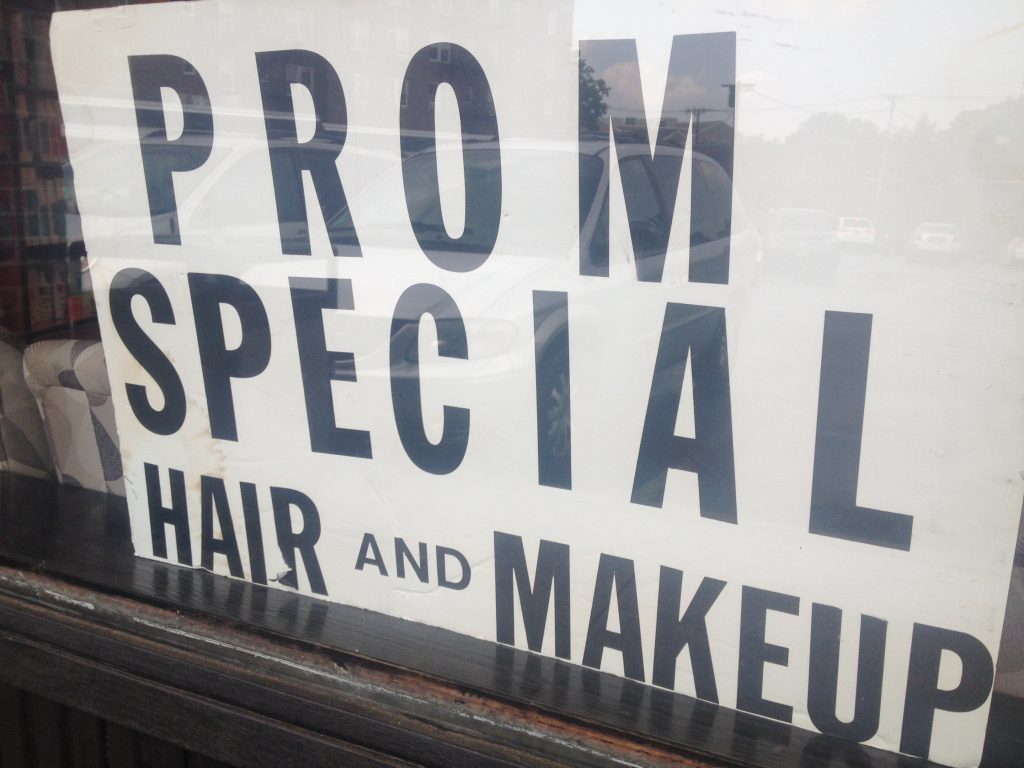Prom is every high school senior’s romanticized dream. Originally called promenade, prom started off as a debutante ball in which young women, usually in their late teens, would meet potential suitors for marriage. As time passed, the event was adapted by high schools and became more of a celebration for finishing school, rather than meeting a fiancé. However, students still generally treat prom just as seriously, and spend a lot of time and money on the evening. This is not meant to be a negative remark, as I am also one of those girls who spend hours looking at hairdos and DIY corsages on Pinterest. Nevertheless, this seemingly harmless obsession over prom can sometimes cut into academics when students cut class to get their tuxedo or fix up their hair and nails. We must ask, why do students tend to skip school the day of prom?
The greatest reason as to why so many students do not show up to class the day of prom is solely logistical. Students often make appointments for hair, makeup, or nail styling; sometimes all three at salons in Ridgewood just hours before prom begins. In the downtown area of Ridgewood, there are only about seven hair salons, six nail salons, and seven makeup salons. Not everyone can make an appointment within the four hours between the end of the school day and the time prom starts, so they must cut into class time. Appointments can take up to four hours, including hair, makeup, manicures and pedicures in one package, so students have to leave early if they want to be in time for the event. Students who invite friends over to their houses before the event, often called pre-prom, must go home early to get themselves and their house ready for the party.
In Ridgewood High School, this class-cutting practice is so common that students are required to go to class for at least half of the school day before prom, or they may not be permitted to attend. This is an extension of the same rule that applies to sports games, pep rallies, and other school events. The policy inevitably has stirred some controversy amongst students, some of whom believe they do not have enough time to prepare even with their guaranteed three more hours taken from the school day. Even so, three extra hours can be immensely helpful in terms of appointments and pre-prom preparations – more so than no hours – and so should not be criticized, seeing that it is letting students skip school for, in all, non-essential purposes.
The question, therefore, is this: what is the significance of all of this effort put into a single dance? Prom has become a sort of rite of passage in American life, ingrained permanently in high school culture across the country; thought of just as highly as graduation, college, or even on par with marriage, as evidenced by the recent sweeping trend of ¨promposals,¨ hyping the once simple ¨Will you go to prom with me?” to extreme heights. Prom culture has gotten attention from movies such as Mean Girls and Carrie, and television shows such as Full House. It is portrayed such media as High School Musical 3 as “a night to remember” and a natural part of American adolescent life.
The concept of finding a date and asking someone to prom has become more and more popular within the last decade, and the evolution can be traced back to social media like YouTube and Facebook. Students post ever-more creative and elaborate videos of their personalized “promposals” online for the rest of the world to like and share and parents will even occasionally hire professional photographers to take pictures at their child’s prom. Although prom’s disproportionate importance may be criticized, no one can deny how memorable and special that one night could be.
Victoria Seremetis
staff writer

